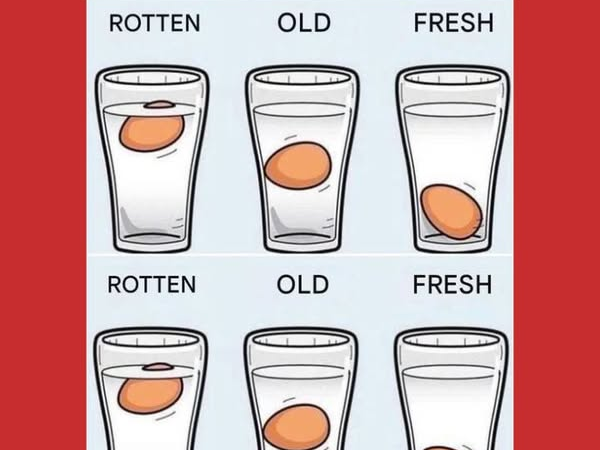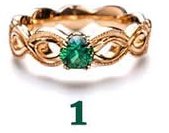How to Tell If Your Eggs Are Fresh: A Handy Guide
Eggs are a kitchen staple—versatile and essential. Whether you’re making a scramble for breakfast or baking a cake, eggs are key in so many recipes. But here’s the thing: egg freshness can make or break your dish.

Wondering if those eggs in your fridge are still good? No worries. There are several tried-and-true ways to check. From simple hacks to science-based methods, this guide covers the best ways to tell if your chicken eggs are fresh.
Why Freshness Matters
Before we get into testing methods, let’s talk about why egg freshness is a big deal. Fresh eggs taste better, have a firmer texture, and work better in recipes. As eggs age, the whites thin out and the yolks flatten, which can mess up the look and feel of your food.
Older eggs might be okay for hard-boiling, but for dishes like poached eggs or soufflés that need structure, fresh eggs are a must. Plus, older eggs often have a strong, sulfur-like smell that’s not pleasant to work with.
The Gold Standard: The Water Test
The water float test is the most accurate and popular way to check egg freshness. It’s super easy to do at home and works based on how buoyant an egg gets as it ages.
How to Do It:
- Fill a bowl: Use a deep bowl and fill it with cold water.
- Add the eggs: Gently place your eggs into the water, one by one.
- Check their position:
- Fresh eggs: Sink and lie flat on the bottom.
- Slightly older eggs: Stand upright but stay at the bottom.
- Spoiled eggs: Float to the surface—toss these right away!
Why It Works:
As eggs age, air seeps through the porous shell and makes the air cell inside bigger. The larger the air pocket, the more the egg floats. It’s a simple way to tell how old an egg is. Just remember: if an egg floats, it’s probably bad, but if you’re not sure, crack it open and check for smell or weird looks.
Other Quick Checks
While the float test is top-notch, there are a couple more easy ways to check:
- The Smell Test: The simplest method—if an egg smells bad, it is bad. Rotten eggs have a strong, sulfur-like stench. Crack the egg into a bowl and take a sniff. If it smells off or sour, throw it out. Fresh eggs have no noticeable odor.
- The Shake Test: Hold the egg up to your ear and shake it gently. If you don’t hear anything, it’s likely fresh. If you hear a sloshing sound, the egg has likely aged and the inside has become watery.
Brown vs. White Eggs: What’s the Difference?
Eggs are a global dietary staple, rich in protein and nutrients. But what about brown vs. white eggs? Let’s break it down:
- Shell Color: White eggs come from hens with white feathers and earlobes, while brown eggs are laid by hens with brown or reddish feathers and red earlobes.
- Nutritional Value: Contrary to common belief, they’re almost identical nutritionally. Both have the same amount of protein, fat, vitamins, and minerals. Egg quality depends more on the hen’s diet and living conditions.
- Health Factor: Brown eggs aren’t necessarily healthier. Just because they might seem “more natural” doesn’t mean they are. Egg quality is all about the hen’s well-being and diet, not shell color.
- Shell Thickness: Brown eggs usually have thicker shells since the hens that lay them are larger breeds and need more calcium. It’s a small difference, but it makes brown eggs a bit more durable.
- Price: Brown eggs are often pricier because the hens eat more feed, driving up production costs.
In the end, it’s all about personal preference. Both types offer the same nutrition. When shopping, focus on eggs from well-cared-for hens, like organic or free-range ones. Now you’re in the know—make an informed choice next time you’re at the grocery store! Share this guide if you found it useful and subscribe for more healthy eating tips.



